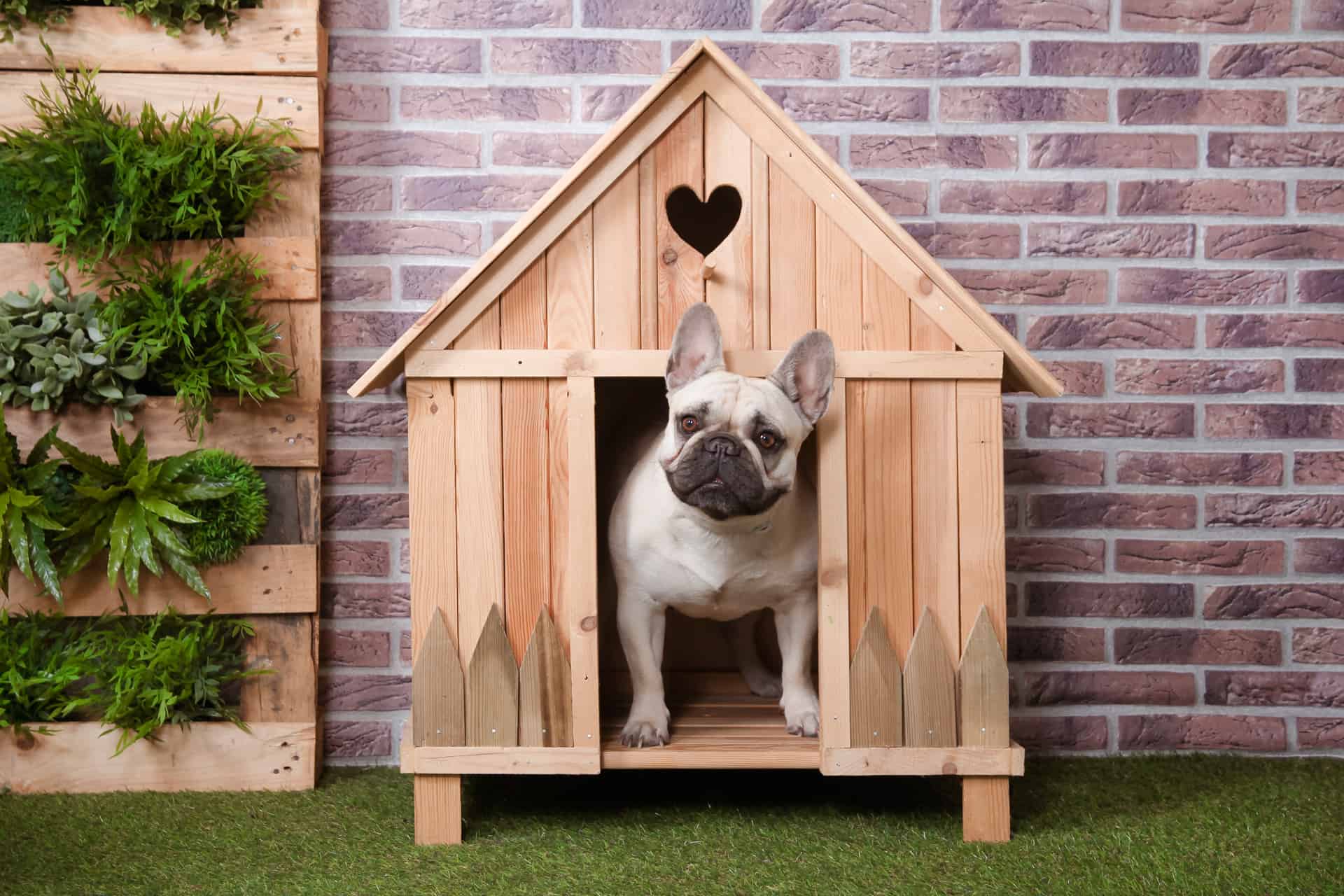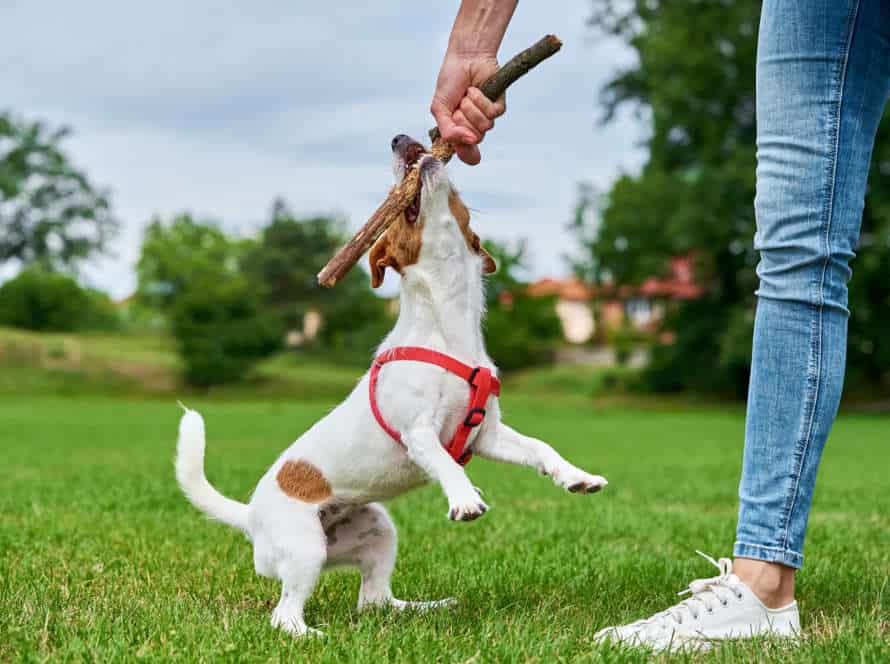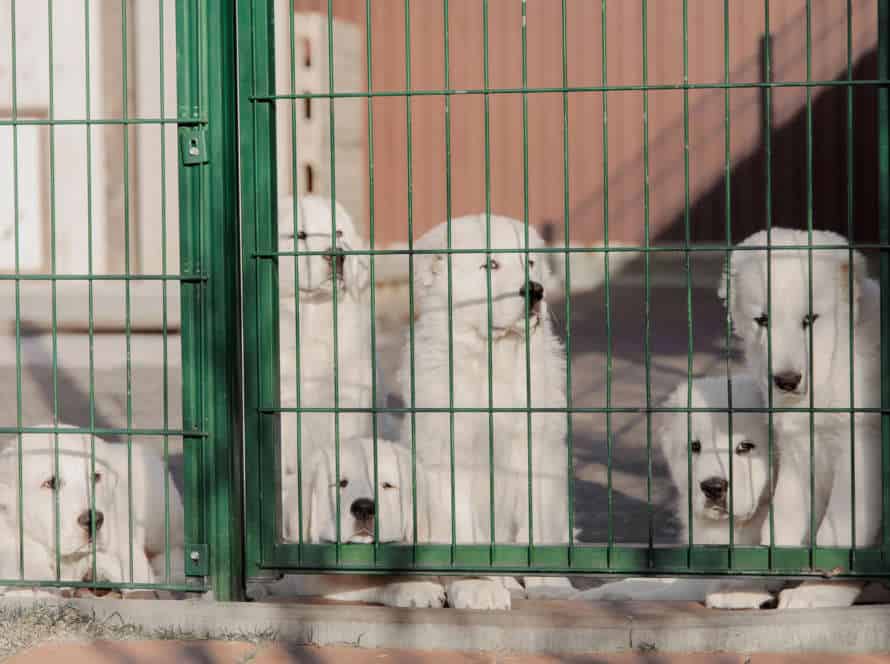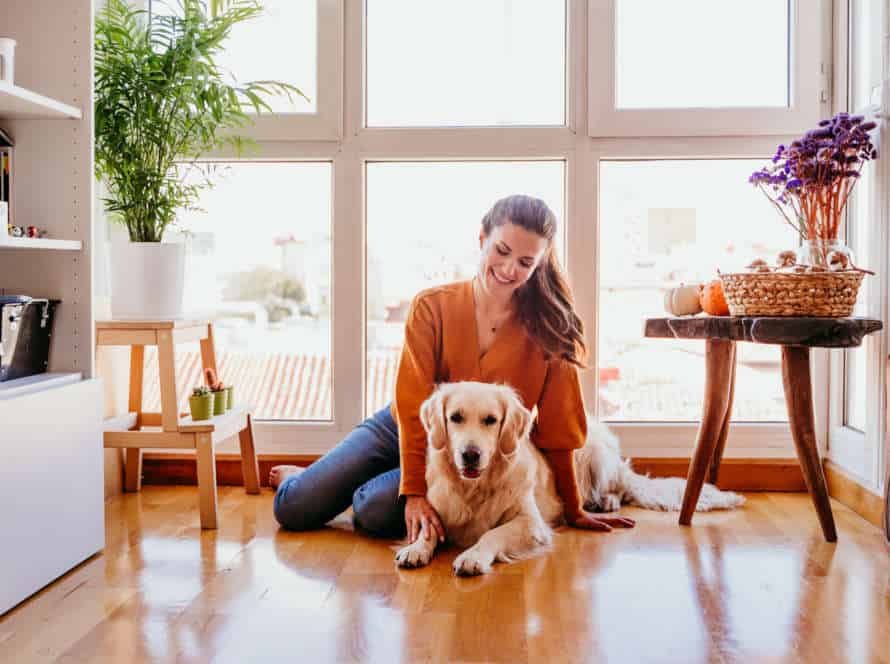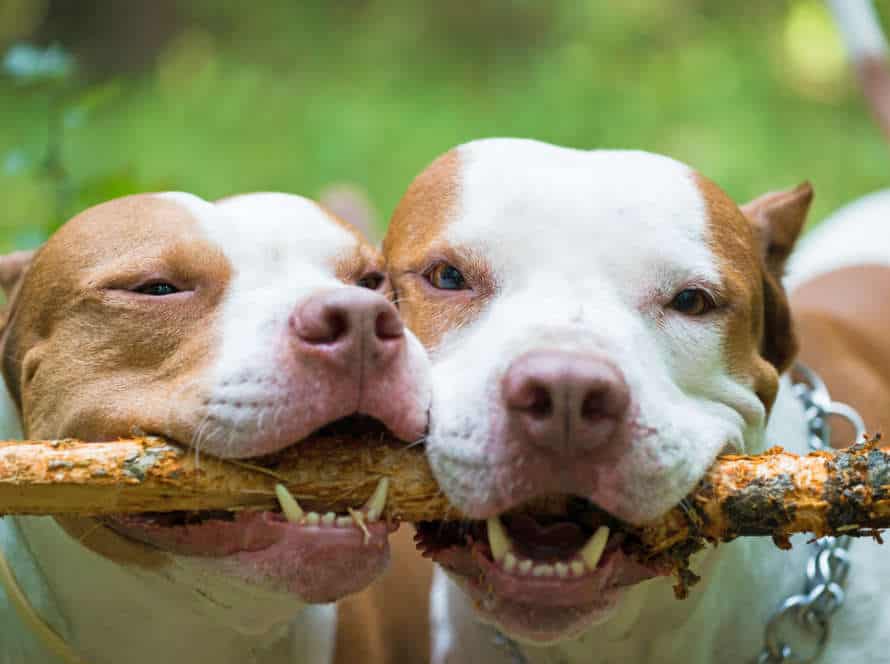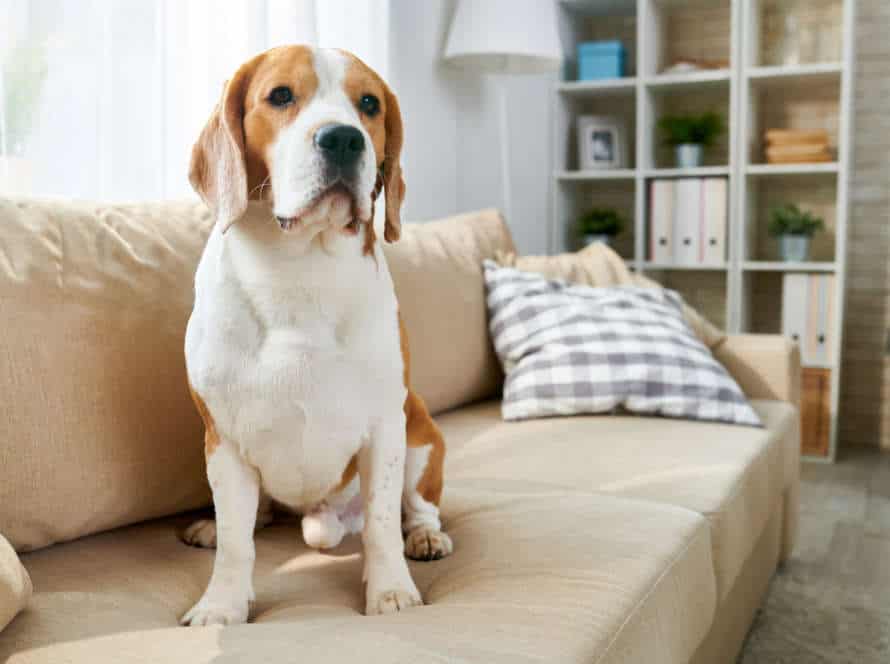Creating a Safe Space for Your Dog Outside the Crate
Designate an area in your home for a safe space for your dog. Make it cozy with comfortable bedding and plush pillows. Provide interactive toys and puzzles to keep them entertained. Ensure the space is well-ventilated, temperature-controlled and free from hazards. Give them access to the safe space at all times, and reward them for using it. Supervise them, especially if they have destructive tendencies. By doing all this, you can give your dog a secure area outside their crate!
Understanding Your Dog’s Needs
For your pup’s wellbeing, you need to know their needs. Don’t just put them in a crate and call it a day. Consider the size of the enclosure and what material it’s made of. Providing a wholesome environment is key to giving them a healthy and content life when they’re outdoors.
Here are the steps you can take to create a secure place for your pooch outside the crate:
- Choose the right size and type of enclosure suitable for your pet’s breed.
- The enclosure should be made of sturdy materials that can withstand extreme weather conditions.
- Provide comfortable bedding, food and water bowls, and plenty of toys to keep your pooch entertained.
- Regularly clean and disinfect the enclosure to prevent bacterial growth and maintain hygiene.
- Monitor your pet’s behavior and health regularly to detect any sign of discomfort, anxiety or illness.
Importance of creating a safe space for your dog outside of the crate
Crates are a great way to train and protect your pup. But you should also provide them with an extra safe space. Here’s why:
- Crates can make some dogs feel trapped and lonely.
- With a separate safe space, they’ll be more relaxed and content.
- Plus, it’s a tidy spot for their food, water, bed and toys.
- Dogs need exercise and playtime too!
For the perfect safe space, choose a quiet place with few distractions. Put down a soft, comfy bed and add their fav toys, food and water. Spend time with them there, teaching them to relax, play and have good behaviour.
Identifying your dog’s stress triggers
Know your pup’s stress triggers! It’s key for a chilled-out space away from the crate. Stress shows up in different ways in dogs. Here are some common triggers + signs:
- Loud Noises (e.g. fireworks): trembling, barking and hiding.
- Being Alone: destructive behavior, anxiety.
- Strangers: growling, barking, cowering.
- Change of environment (e.g. new home): destructive behavior, anxiety.
Once you’re familiar with what causes stress, work on easing it through training, medication or modifications. Also, a safe space outside the crate can help reduce stress.
A pro tip – give your pup plenty of exercise and mental stimulation to keep them calm and occupied.
Establishing routine and structure
Creating a safe space outside the crate for your pup needs routine and structure. Dogs love routine – it makes them feel secure. Here are some steps to do that:
- Set a daily routine for meals, potty, and exercise.
- Pick a fixed place for their food and water bowls.
- Make a specific spot for your pup to rest, like a dog bed or a special spot on the couch.
- Set boundaries and rules for your pup, and keep reinforcing them.
By setting up a routine and structure, you can provide a calming, comfortable environment for your pup outside the crate. That way, they can feel safe and secure.
Creating a Safe Space
Responsible pet ownership entails creating a secure space for your pup! To prevent any behavioural issues, establish a comfortable area. Invest some time in setting up a safe spot. This will keep your dog happy and secure when outside the crate.
Choosing the right location for your dog’s safe space
Choosing the ideal spot for your pup’s safe space is essential. Here are some factors to keep in mind:
- Size: The area should be ample enough for the dog to stand, stretch and move without limits.
- Temperature: Ensure proper air circulation and temperature control according to the weather.
- Access: Make sure your pup can reach the space easily at all times.
- Safety: Pick a location away from sharp objects and chemicals, and guarantee no escape routes.
- Comfort: Add a bed, toys, and a water bowl for a pleasant and warm space for your pet.
By considering these tips, you can design the ideal safe space outside the crate for your best buddy.
Designing the safe space (furnishing, bedding, and toys)
Design a secure space for your pup. Pay attention to furnishings, bedding, and toys. Ensure they are free of hazardous materials and make a cozy atmosphere for your furry pal.
- Opt for furnishings made of non-toxic materials like wood, metal, or organic fabrics. Avoid plastics and man-made materials that can contain toxic chemicals.
- For bedding, select a cushioned and supportive surface. Cleaning and upkeep should be straightforward. Memory foam mats and washable dog beds are great options.
- Toys are a must for a safe space. They offer mental stimulation and amusement for your pet. Select toys made from tough and non-toxic materials, such as rubber, rope, or natural fibers.
Remember to inspect your pup’s safe space for any possible risks. For instance, check for loose or broken items and change them when needed. That way, you ensure your pet’s safety.
Introducing your dog to the safe space
Introducing your pup to a safe space is key for their comfort, safety, and overall health. Here’s what to do:
- Choose a special area for them to go when they’re overwhelmed or upset.
- Make the area inviting with a comfy bed, toys, and familiar smells.
- Leave treats and toys inside to let them explore it on their own.
- Reward them when they spend time there, gradually increasing the amount of time.
- Use positive reinforcement to connect the space with feelings of comfort and security.
Pro tip: Setting up a safe space is especially important during loud events like fireworks and thunderstorms that could cause anxiety.
Positive Reinforcement and Training
Create a safe space for your pup outside the crate! Use positive reinforcement and proper training. Encourage good behaviour and reward your dog for it. Visual reminders and clicker training can also help–remind your doggy what it should and should not do. In this article, we dive into each technique. Learn how to create a happy and safe environment for your pup.
Praise and rewards for using safe space correctly
Positive reinforcement and training are crucial for your dog’s safety outside of the crate. Reward and praise your pup for using the safe space properly. This helps build positive behaviors, and creates a relaxed atmosphere.
Here are some tips to use positive reinforcement and training to make a safe space for your pooch:
- Give your dog treats and praise when it enters the safe space voluntarily or follows a command.
- Speak in a quiet, gentle tone when your pup is in the safe space.
- Don’t use the safe space as punishment, as it could link a bad feeling with the area, and stop the training.
- With time, your pup will understand the safe space is a secure, peaceful place, and be more likely to use it.
Teaching your dog to self-soothe in the safe space
Creating a safe area for your pup outside of their cage is essential. It helps them self-soothe and feel at ease in the environment. Positive reinforcement and training are vital to teach your dog to self-soothe in their own secure area. Here are some tips:
- Pick a peaceful and low-traffic area of your residence for their safe space.
- Include a cozy bed or blanket and a few of their beloved toys to make it appealing.
- Use positive reinforcement to make a positive link with the safe space. Leave treats and toys there and reward them for using it.
- Slowly increase the time they spend in the safe space – start with short periods and gradually increase the length.
With disciplined training and positive reinforcement, your pup will learn to self-soothe in their secure spot and be calmer and more content in their home environment.
Gradually increasing the amount of time spent in the safe space
Gradually increasing the amount of time spent in a safe space is essential for creating a secure and comfortable environment for your pup outside the crate. Do this by using positive reinforcement and training techniques. Here are the steps to follow:
- Introduce your dog to the safe space, like a playpen or a room area.
- Encourage your dog to explore, with treats or toys.
- Gradually increase the time, from a few minutes to an hour or more.
- Reward your pup with treats or positive reinforcement when they enter or stay in the safe space.
- As time goes on, your dog will connect the safe space with good experiences, making it a comfy and secure place. Pro tip: Be consistent and patient with the training – it may take several weeks or months for your dog to feel at ease outside the crate.
Troubleshooting
Making a secure spot for your pup away from the crate is vital for their growth. But, when they’re not in the crate, issues may crop up. To give your pet the ideal experience, it’s smart to troubleshoot any potential problems. Below, we’ll talk about the best techniques to troubleshoot and fix any issues.
Common issues (barking, whining, destruction)
Dogs are amazing, but can have behavioural issues. Such as barking, whining and destruction when left alone. To tackle this, create a safe area outside the crate. Here are some common problems and solutions:
- Barking/Whining: Anxious or stressed out? Get their favourite toys and calming pheromone spray.
- Destruction: Boredom leads to destruction. Provide lots of chew toys and interactive puzzles to keep them entertained.
Pro Tip: Give them enough space to move about, but not too much! Give them plenty of love and attention to lower stress.
Recognizing signs of stress and anxiety
It’s important to recognize stress and anxiety signs in your pup. Here are some clues to keep an eye out for:
- Excessive barking or whimpering
- Aggression towards people or animals
- Panting or pacing
- No appetite
- Destructive behavior like chewing/digging
- Trembling/shaking
If your doggo shows any of these signs, it’s vital to remove them from the uncomfortable situation. Give your pup time to relax and get used to new environments gradually. Provide them with water, food, a comfy bed and enough space. For severe cases, contact a vet or animal behaviorist for extra help and advice.
Modifying the safe space to better suit your dog’s needs
Creating a safe outside-of-crate area for your pup is a great way to give them a cozy, secure environment. But if it isn’t working? Modifying the space can help! Here are some tips:
- Observe your dog’s behavior. See what issues may be present.
- Add more bedding, toys, natural light, a comfy chair for you.
- If pup is still anxious, try classical music or a pheromone diffuser in their area.
- Put their space in a quiet corner of the house.
A few simple changes can make your pup feel secure and comfortable outside of the crate.
Frequently Asked Questions
Q: How can I create a safe space for my dog outside the crate?
A: You can create a safe space for your dog outside the crate by providing a designated area for them to rest and relax, such as a dog bed or a cozy corner in a room with limited foot traffic.
Q: What are some items I should include in my dog’s safe space?
A: You should include items that your dog finds comforting, such as their favorite toys, a cozy blanket, and a water bowl. You should also ensure that the area is free of any hazardous items that may pose a danger to your dog.
Q: How can I make my dog feel comfortable in their safe space?
A: You can make your dog feel more comfortable in their safe space by spending time with them in the area and using positive reinforcement to encourage them to use the space. You can also provide treats and toys to make the area more appealing to them.
Q: Should I use a baby gate to keep my dog in their safe space?
A: Using a baby gate can be an effective way to keep your dog in their safe space. However, you should ensure that the gate is made of sturdy material and is tall enough to prevent your dog from jumping over it.
Q: How often should I clean my dog’s safe space?
A: You should clean your dog’s safe space regularly to ensure that it remains hygienic and free of any harmful bacteria. Aim to clean the area at least once a week, or more frequently if necessary.
Q: Can I allow my dog to roam freely outside of their safe space?
A: It is generally safe to allow your dog to roam freely outside of their safe space, provided that the area is secure and free of any dangers. However, you should supervise your dog at all times and ensure that they do not engage in any destructive or harmful behavior.

